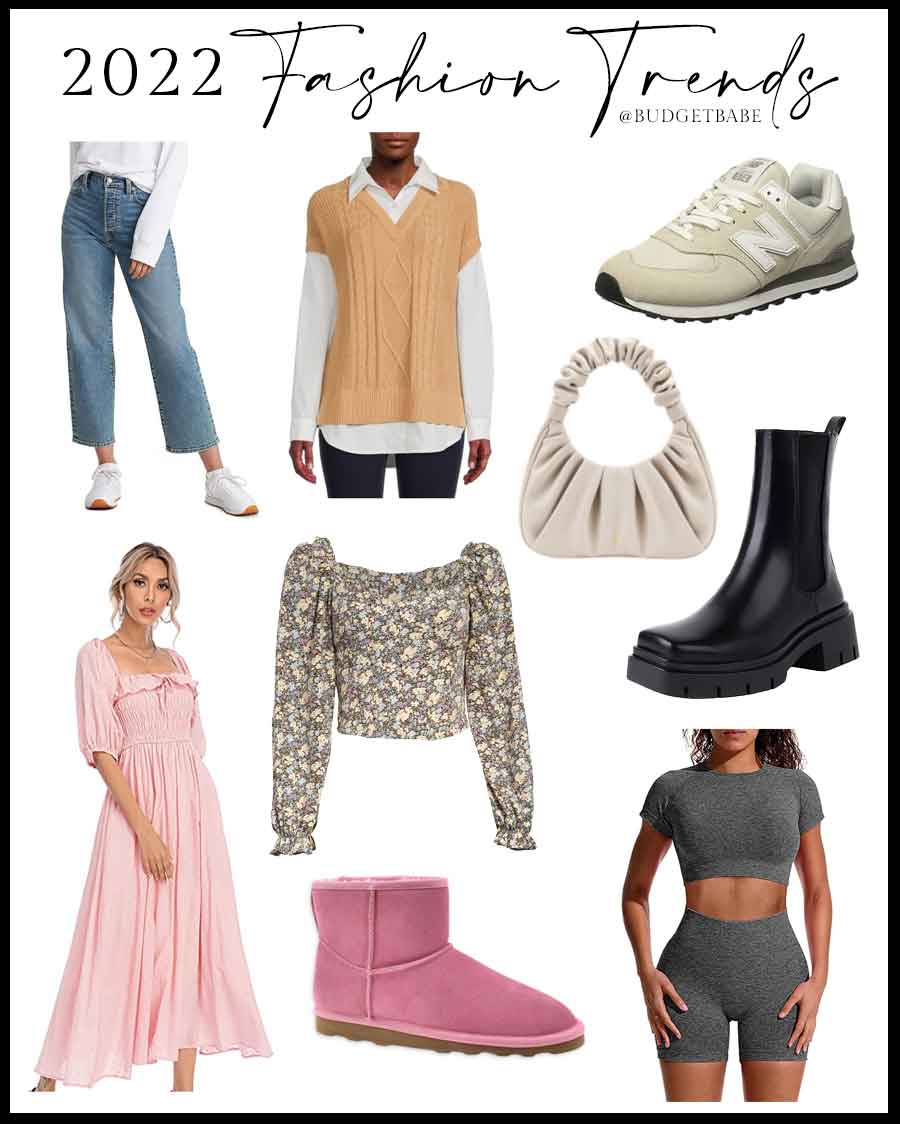
There have been many industry changes in recent years. We now see machine learning and AI in customer service. Technology has advanced. Similarly, virtual reality technology has revolutionised the way many hospitality companies advertise their products and services. Trends in the hospitality industry are also influenced by broader global events. In the case of the COVID-19 outbreak, businesses had to put emphasis on safety, hygiene, as well as health. Other global events such as climate change and sustainability have prompted companies to think more locally about the needs of their local market.
Sustainability
In the hospitality industry, there are many sustainability trends. Hoteliers are working to reduce food waste, water consumption, and other sustainability trends. Many hotels have set up electric vehicle charging stations, implemented energy-efficient HVAC systems, and installed green roofs with solar panel. Others are updating lighting systems and switching from incandescent light bulbs to LED. Restaurants have also begun installing air cooled ice machines.
Hotels are also adapting to local demand by serving local dishes. Many hotels offer vegan and vegetarian options and use sustainable products and materials. Other innovative concepts include Airbnb and farmhouse accommodation, which give guests a more authentic experience. Travel agents also offer services that allow guests to plan local activities and enjoy local cuisine. While the hospitality industry used to be dominated by fast-food restaurants, sugary beverages and other unhealthy foods, there has been a cultural shift that has seen many companies offer healthier dishes.

IoT technology
IoT allows hoteliers to monitor inventory and manage assets remotely. They can also use this technology to create a personalized guest experience. For example, connected asset trackers can help staff find equipment faster and cut down on wait times. Smart equipment can also be used to track inventory and notify staff if items have been removed from a guest's bedroom.
IoT can help hoteliers provide better guest experiences, reduce energy consumption, increase customer satisfaction, and offer more efficient services. These technologies can be used to reduce operating costs and generate new revenue streams for hoteliers. The hospitality industry is still far behind the rest in terms of adopting new technologies. However, this trend is on the rise.
Entry without key
Keyless entry technology for hotels is not only convenient for guests but can also prove costly. Because of the high cost of retrofitting many doors, hotels might be reluctant to invest in these systems. Although the upgrade might fall under the purview of a franchise owner or independent owner, Starwood Hotels & Resorts as well as Hilton Worldwide both stated that they would be willing to cover a portion of the costs to have keyless entry installed in their hotels. Both companies hope to offer the technology to guests by the end of next year.
Not only is keyless entry convenient for guest satisfaction but it can also result in direct bookings or re-bookings. This new technology is being used by many hotels to increase direct bookings.

IoT enabled rooms
IoT-enabled hotel rooms offer many benefits in the hospitality industry. They can be used to automate front desk management and provide smarter room service. Hoteliers can use the Internet of Things to track guests' movements, luggage and cleaning carts. This data helps hotel managers better manage their inventory. IoT-enabled hotels can also allow guests to customize their rooms. For example, guests can ask a virtual assistant to wake them up at a certain time and adjust the temperature of their room.
IoT enabled rooms in hotels can help improve guest satisfaction and make the experience as seamless as possible. Guests can select their preferences from a central app, and the room will activate them. Additionally, smart devices can be used to detect movement and activity in the room and then turn off certain appliances when guests leave.
FAQ
What changes will consumers' behavior be after COVID-19?
We all know people are spending less right now. It doesn't necessarily mean that they won’t want to spend more on themselves in the future.
It's a great time to shop at your favorite stores if shopping is something you want to do. You might even find that shopping is more enjoyable than you thought.
There may be fewer people at malls but there are still many options. You should always be safe and observe social distancing regulations.
Make sure to wash your hands frequently. This simple step can help stop the spread of coronavirus.
Let's now take a closer look at the trends that are shaping retail's future.
What are consumer trends?
Because they impact our lives, consumer trends are increasingly important. They also shape the future of business and commerce.
The world of today is changing faster than ever. Technology is changing at an incredible rate. Our lives are becoming increasingly connected. We see unprecedented levels of change.
This means adapting quickly is what will make you successful in the long-run. Those who stay ahead of the curve.
Consumers now have choices that were unimaginable just a few short years ago. This creates enormous opportunities for businesses as well. However, it can also bring challenges.
One example is the growing demand for convenience. This is driving the growth in online shopping and eCommerce. Consumers desire choices and options. They expect to find the right product at the right time.
They want to be able buy products and services in a way that makes sense to them. They want to be able compare prices, read reviews, and share information quickly.
These changes are coming quickly and it's easy to get behind. So you must keep abreast of the latest developments and adopt strategies that help you to remain competitive.
You must focus on innovation and customer experience to succeed in this environment. These are your keys to staying ahead.
It's not enough just to sell great products or provide outstanding service. You have to be innovative and create new experiences. And you must deliver exceptional customer service.
You may have heard the expression "customer obsession". It's the idea that you will exceed customers' expectations when you care deeply about them.
Customers expect exceptional service. Many businesses don't realize this. They instead assume they should treat customers the same way as any other client.
They will focus on features and prices to market their services and products.
But customers aren’t necessarily buying products and services any more. They choose between several alternatives.
Instead of competing on price alone, focus on creating unique value propositions. That's what will set you apart from your competitors.
And it's not about making something more. It's about offering something totally different.
This is how you can do it! You can innovate!
By being creative!
Try thinking outside the box
And, most importantly, to provide top-quality customer services.
Mobile is influencing fashion industry?
We all know that mobile phones are becoming more powerful and versatile every year. Today, they can take pictures, record videos, play music, and even surf the web. It's no surprise that mobile phones have been used to check outfits.
One example is that they can be used by some to measure the length of a garment before they are purchased. Others use them to photograph themselves in front mirrors.
If you are thinking of buying a new outfit for the next season, make sure to take a photo with your smartphone!
Are social media platforms having an effect on the fashion business?
The rise of social media has been one of the biggest stories of recent years. Facebook has over 2 billion users worldwide, making it one of the most important platforms for businesses.
It's not difficult to imagine how this could help brands reach thousands of potential customers. But it is not always simple. Brands should think carefully about whether they want to advertise on social media or focus on building relationships with followers.
Remember that social media advertising is all about finding the right balance in engagement and brand awareness.
Statistics
- Nearly 30% of consumers have started their holiday shopping, though 55% say rising inflation has altered their gifting and spending plans for 2022. (junglescout.com)
- OTC Medicine 57% Beauty & Personal Care 52% Vitamins & Dietary Supplements 51% Home & Kitchen 47% Top retailers where consumers are shopping in 1. (junglescout.com)
- While 19% of respondents state they didn't travel in the past two years, other families' favorite experiences included: domestic travel (19%), beach resorts (12%), road trips (11%), international travel (10%), staycations (7%), camping (6%), and more.1 (americanexpress.com)
- The percentage of shoppers likely or somewhat likely to purchase top social platforms increased across the board in the third quarter of 2022 compared to the second, with TikTok seeing the largest jump. (junglescout.com)
- 55% of respondents agree they want to book a once-in-a-lifetime vacation in 2022. (americanexpress.com)
External Links
How To
What are some examples?
Trends are predictable shifts in consumption patterns.
They may not be predictable, but they do tend to follow a pattern. There are two types of trends; cyclical and secular.
Cyclical trends tend to repeat themselves periodically over time. In other words, there have been three decades worth of economic growth. This means that consumers tend to spend more each year. But these cycles are usually short-lived - for example, the last decade saw a decline in spending because of the recession.
Secular trends refer to long-term changes that last for longer periods. Examples include technological advances such as the internet and mobile phones. These trends are often driven by changing tastes and lifestyles and therefore do not necessarily correlate with economic activity.
The most obvious trend is the shift toward online shopping. Consumers are increasingly turning away from traditional brick-and-mortar stores and purchasing goods online. Another trend is eCommerce. eCommerce has been growing significantly faster than traditional retailing in recent times.
Another trend is the rise in social media use. Millions of people use social media worldwide. Consumers frequently use social media platforms like Facebook.
Another trend is the increased use of wearable technology. Wearable technology such as smartwatches or fitness trackers, smart clothing or contact lenses, are all very common. Wearable tech devices are a great way to track our health and wellbeing, monitor our environment, and communicate with the outside world.